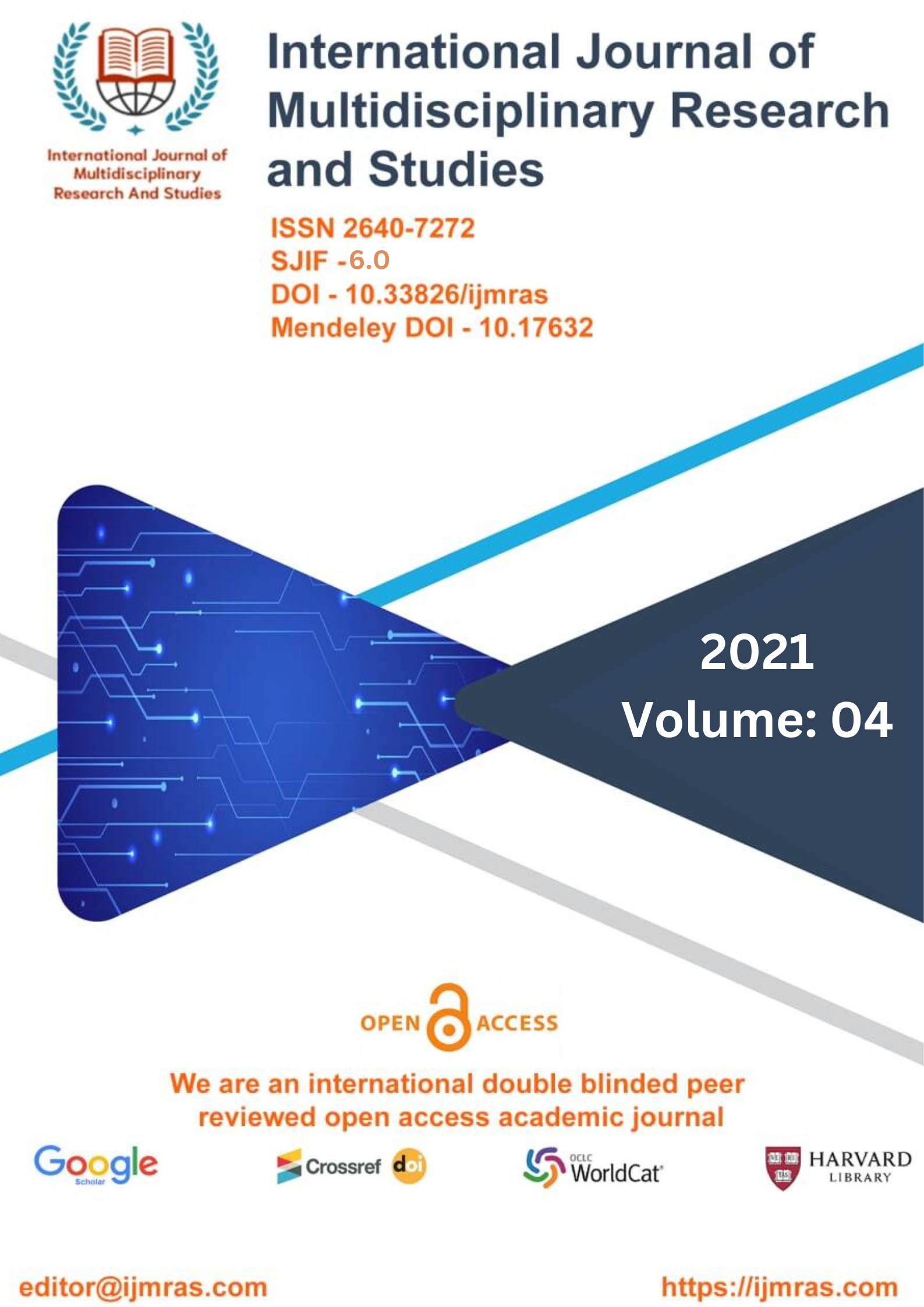FACTOR INFLUENCING EMPLOYEE TURNOVER IN PRIVATE SCHOOL

Abstract
In order to accomplish its goals and objectives, every organisation, whether it be a government agency or a private business, is working toward the implementation of the most efficient use of their resources, whether those resources be human, financial, or raw materials. Because an organisation can adequately organise and regulate the exploitation of the rest of the company's resources via human resource management, the human resources are among the most significant of these resources. The ability of an organisation to explore the elements of human performance in terms of efficiency and productivity, which ultimately leads to the development of the organization's overall effectiveness, is the foundation for progress and development in a variety of spheres of life. This ability is essential to the growth and improvement of these spheres. There has been a lot of research done on the topic of employee turnover. However, there is no one explanation that can adequately explain why individuals decide to quit an organisation. This is significant because organisations and organisational theorists often focus their attention on situations in which individuals voluntarily quit their jobs or volunteer positions. The phrase "employee turnover" refers to the process through which an employee and an organisation come to an end of their formal and psychological contract with one another. Involuntary and voluntary separation from an employer are the two most common kinds of employee turnover.
Keywords
human performance, regulate the exploitation, overall effectivenessHow to Cite
References
Billingsely, B. (2003). Teacher retention/attrition: Issues for research. Prepared for the NationalCenter for Education Statistics, Blacksburg, VA.
Boyd, D., Grossman, P., Lankford, H., Loeb, S., & Wyckoff, J. (2007). Who leaves? Teacher attrition and student achievement. Albany: State University of New York at Albany.
Boyd, D., Lankford, H., Loeb, S., & Wyckoff, J. (2005). Explaining the short careers of high- achieving teachers in schools with low-performing students. American Economic
Review Papers and Proceedings, 95, 166–171.
Brief, A. P. (1998). Attitudes In and Around Organizations. Sage: Thousand Oaks, CA. Celep, C. (2003). Teachers' organizational commitment in educational organizations. Turkey:
Trakya University Edirne.
Coombe, C. (2002). Keeping the education system healthy: Managing the impact of HIV/AIDSon education in South Africa. Current Issues in Comparative Education, 3, 95-145.
Croasmum, J., Hampton, D. & Herman, S. (2002). Teacher attrition: Is time running out? Retrieved from: url:http://horizon.unc.edu/courses/287/papers/hampton/paper.html
Darling-Hammond, L. (2005). Beyond the commission reports. The coming crisis in teaching.
Rand Corporation. 248245.
Frank, D., Finnegan, P., & Taylor, C. R. (2004). The race for talent: Retaining and engagingworkers in the 21st century. Human Resource Planning, 27(3), 12-25.
Gay, L. R. (1992). Educational research competencies for analysis and application. Columbus,Toronto: Charles E. Merrill publishing company.
Glick, N. L. (1992). Job satisfaction among academic administrators. Research in Higher
Education, 33(5), 625-639.
Goldhaber, D., Gross, B., & Player, D. (2007). Are private schools really losing their best?
License
Copyright (c) 2021 MANOJ KUMAR PANDIT

This work is licensed under a Creative Commons Attribution 4.0 International License.
Individual articles are published Open Access under the Creative Commons Licence: CC-BY 4.0.



